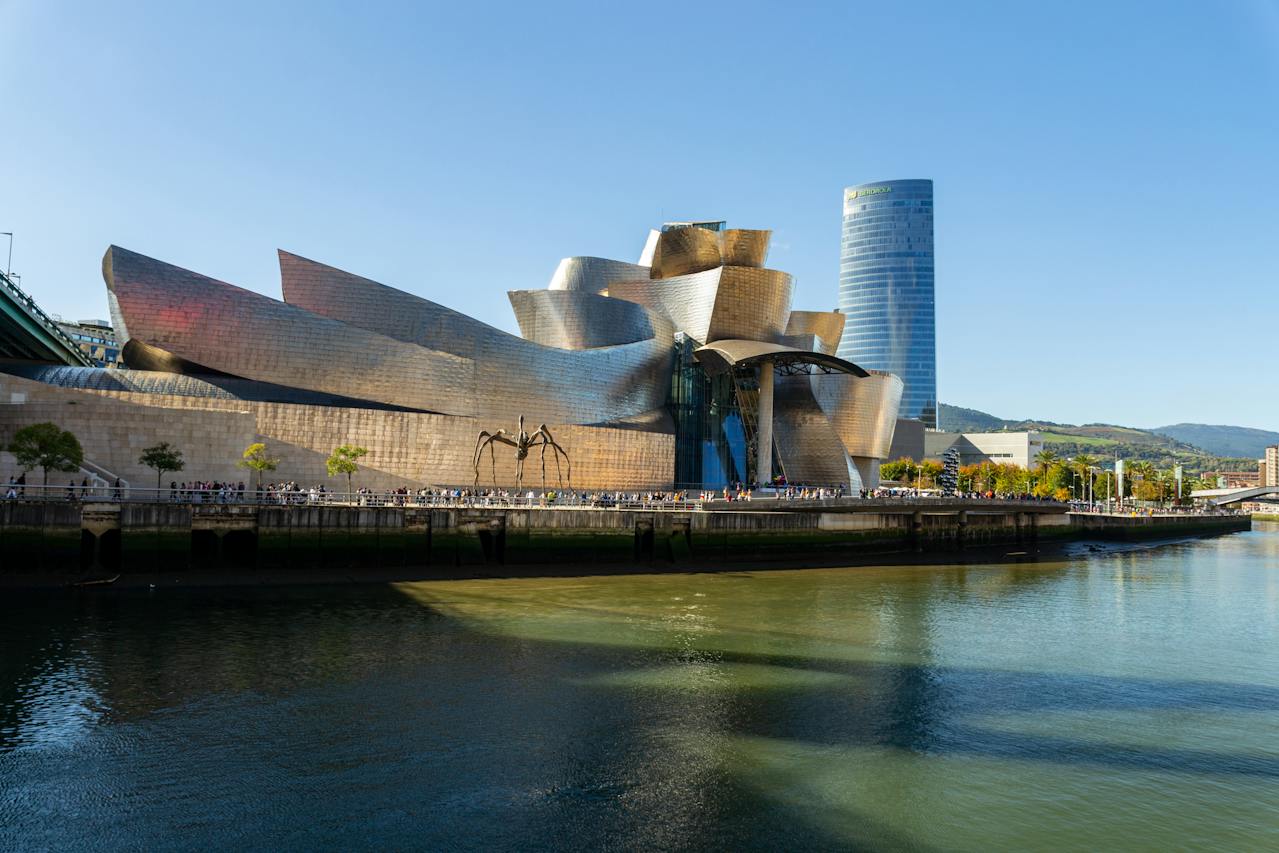
The Most Visited Museums In Spain
Spain is known for its rich cultural heritage, and the best way to explore it is to visit its museums. From Madrid to Barcelona, tourists flock to the country to visit some of the most renowned museums in the world. From the Prado Museum to the National Archaeological Museum, Spain has a lot to offer when it comes to art and culture. In this article, we will take a look at some of the most visited museums in Spain.
The Prado Museum in Madrid
Prado Museum is one of the most renowned art museums in the world. Located in the heart of the city, it boasts a vast collection of European art from the 12th to the 20th century. With over 8,000 paintings, the museum showcases works by some of the most celebrated artists in history, including Velázquez, Goya, and El Greco.
The museum itself is housed in a beautiful neoclassical building that was designed in the late 18th century. It provides a serene and elegant setting for visitors to explore the diverse range of artwork on display. From religious and mythological scenes to portraits and landscapes, the Prado Museum offers a comprehensive overview of Western art history.
One of the highlights of the museum is the collection of works by Diego Velázquez, a Spanish painter known for his masterful technique and realistic depictions. His most famous work, “Las Meninas,” is considered one of the greatest paintings of all time and is a must-see for any visitor to the Prado Museum.
Another notable section of the museum is dedicated to Francisco Goya, a Spanish painter and printmaker from the late 18th and early 19th centuries. His works, which encompass a range of themes and styles, reflect the turbulent political and social climate of the time. The collection includes his famous “Black Paintings,” a series of dark and disturbing works that showcase his mastery of depicting human emotion.
In addition to the permanent collection, the Prado Museum also hosts temporary exhibitions, lectures, and educational programs. It is a hub of cultural activity, attracting art enthusiasts and scholars from around the world.
If you are planning a visit to Madrid, a trip to the Prado Museum is an absolute must. It offers a unique opportunity to immerse yourself in the rich artistic heritage of Spain and Europe. Whether you are a seasoned art lover or a casual observer, the Prado Museum is sure to captivate and inspire you.
The Reina Sofia Museum
The Reina Sofia Museum, located in Madrid, Spain, is one of the most important art museums in the world. It is named after Queen Sofia of Spain and is dedicated to showcasing contemporary and modern art.
The museum houses an extensive collection of artwork, including works by famous artists such as Salvador Dalí, Pablo Picasso, and Joan Miró. These pieces represent various artistic movements, including Cubism, Surrealism, and Abstract Expressionism.
One of the museum’s most famous and iconic works is Picasso’s masterpiece, “Guernica.” This large-scale painting depicts the horrors of war and has become a powerful symbol of peace and anti-war movements. It is often regarded as one of the most important art pieces of the 20th century.
In addition to its permanent collection, the Reina Sofia Museum also hosts temporary exhibitions that showcase contemporary artists and explore different themes and artistic expressions.
Visitors to the museum can also enjoy a range of educational and cultural activities, including guided tours, workshops, and lectures. These programs aim to deepen the understanding and appreciation of art, encouraging dialogue and critical thinking.
The Reina Sofia Museum is not only an important cultural institution in Spain but also a significant player on the international art scene. Its collection and exhibitions attract visitors from around the world, making it a must-visit destination for art enthusiasts and cultural travelers.
Whether you are interested in art, history, or culture, there is something to explore in Spain.
Thyssen-Bornemisza Museum
The Thyssen-Bornemisza Museum, located in Madrid, Spain, is one of the most prestigious art museums in the world. With a collection spanning over seven centuries, the museum houses an extensive range of artworks, including paintings, sculptures, and decorative arts.
Established in 1992, the museum is the result of the private collection of the Thyssen-Bornemisza family, which was acquired by the Spanish government. The collection consists of over 1,600 works, showcasing the evolution and diversity of art throughout history. From early Renaissance masterpieces to contemporary art, the Thyssen-Bornemisza Museum offers visitors a unique and comprehensive artistic experience.
The museum’s permanent collection is divided into different thematic areas, allowing visitors to explore various artistic movements and styles. One can admire the works of renowned artists such as Caravaggio, Van Gogh, Monet, and Picasso, among many others. Additionally, the museum regularly hosts temporary exhibitions that delve into specific artists, periods, or themes, providing even more opportunities for art enthusiasts to expand their knowledge and appreciation.
Apart from its remarkable collection, the museum itself is a work of art. Housed in the historic Villahermosa Palace, the building seamlessly combines classical and contemporary elements, creating an architecturally stunning space that enhances the exhibition experience. The ample galleries and well-curated displays ensure that each artwork is given the attention it deserves, enabling visitors to fully immerse themselves in the world of art.
To enhance the visitor experience, the Thyssen-Bornemisza Museum offers a range of educational programs, guided tours, and workshops for both adults and children. These activities allow visitors to gain a deeper understanding of the artworks and the artistic processes behind them. Additionally, the museum’s library and research center provide resources for scholars and researchers interested in studying the collection and its historical context.
Whether you are a seasoned art enthusiast or simply curious about the world of art, a visit to the Thyssen-Bornemisza Museum is an enriching and rewarding experience. Its diverse collection, stunning architecture, and commitment to education make it a must-see destination for anyone interested in immersing themselves in the beauty and depth of art.
Learn more in related article: Welcome to Spain travel guide.
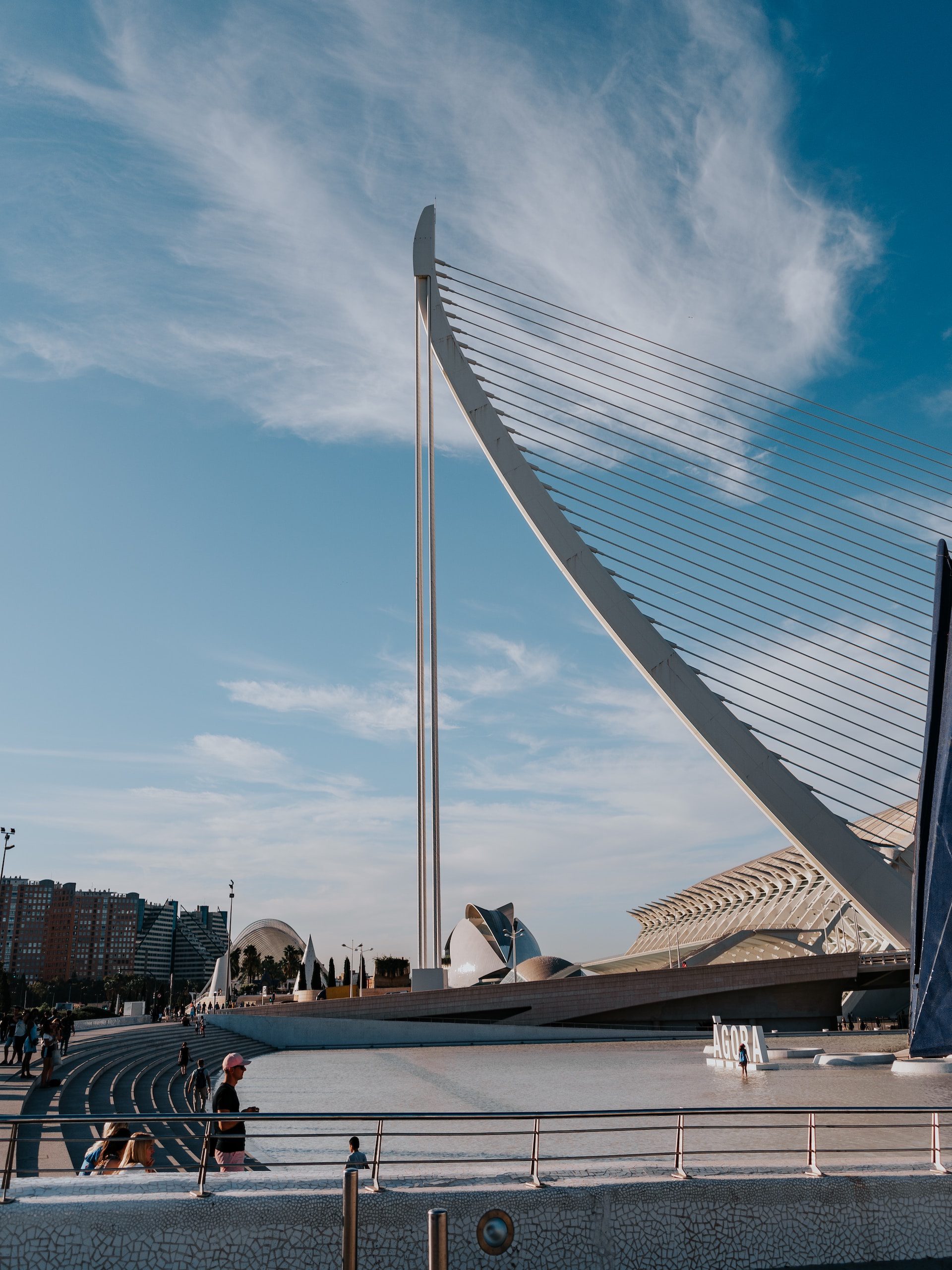
“Valencia Science and Art Museum”
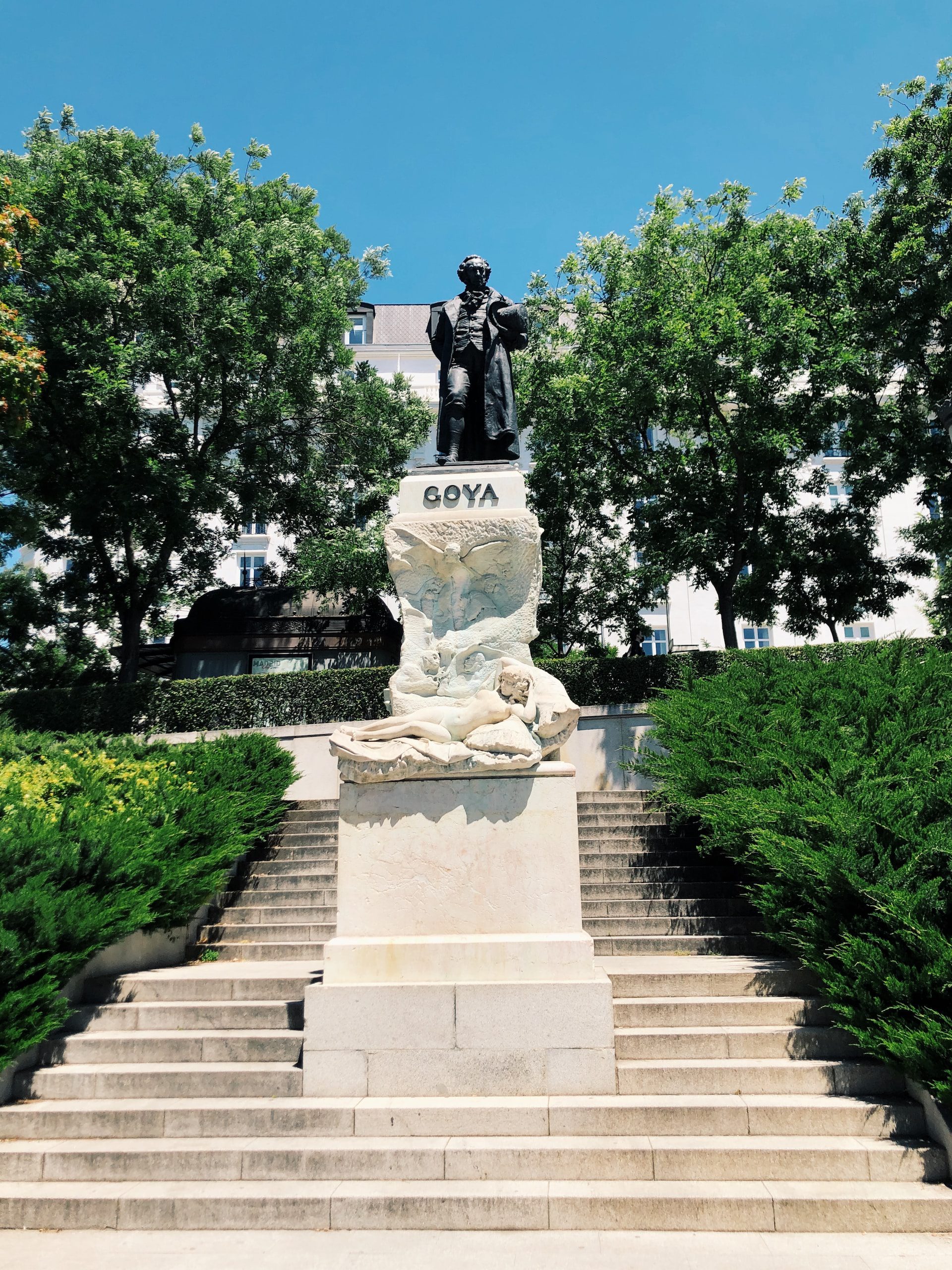
“Prado museum Madrid (Goya)”
National Archaeological Museum
The National Archaeological Museum in Madrid is one of Spain’s most important cultural institutions. Located in the capital city, it houses a vast collection of archaeological artifacts that span thousands of years of history. The museum’s mission is to preserve, study, and display these artifacts to educate and inspire visitors about Spain’s rich archaeological heritage.
The museum showcases a wide range of artifacts, including prehistoric, Roman, medieval, and Islamic pieces. With over 40 rooms, visitors can explore the different civilizations that have shaped Spain’s history. The exhibits are carefully curated and presented in a cohesive and informative manner, allowing visitors to gain a comprehensive understanding of the country’s archaeological past.
Among the museum’s most notable pieces are the bust of the Lady of Elche, the iconic Iberian sculpture; the Treasure of Guarrazar, a collection of Visigothic goldsmithing; and the Biche of Balazote, a Bronze Age piece considered one of the finest examples of Iberian art.
In addition to its permanent collection, the National Archaeological Museum in Madrid hosts temporary exhibitions, conferences, and educational programs. These events provide further insights into specific archaeological topics, as well as promote ongoing research and collaboration within the field. The museum also offers guided tours and educational activities for schools, making it an excellent resource for both students and scholars.
For those interested in delving deeper into Spain’s archaeological history, the museum’s library and documentation center contain a vast array of reference materials, publications, and archival documents. These resources are available to researchers and scholars seeking to expand their knowledge and contribute to the field of archaeology.
Overall, the National Archaeological Museum in Madrid is a premier institution that showcases the importance of archaeology in understanding Spain’s past. Through its diverse exhibits, educational programs, and ongoing research initiatives, the museum plays a vital role in preserving and promoting the country’s rich cultural heritage for both present and future generations.
The Guggenheim Museum in Bilbao, Spain
This is an iconic institution known for its unique architecture and impressive collection of contemporary art. The museum first opened its doors to the public in 1997 and has since become a symbol of the city’s revival and transformation.
Designed by renowned architect Frank Gehry, the Guggenheim Museum Bilbao stands as a striking example of deconstructivist architecture. Its fluid and organic shape, clad in titanium panels, immediately captured the attention of the world and solidified the museum’s status as an architectural landmark.
The idea for the museum came about when the Solomon R. Guggenheim Foundation, based in New York City, sought to expand its reach to Europe. Bilbao, a city in northern Spain, was chosen as the location due to its industrial decline and the opportunity for revitalization through the construction of a world-class cultural institution.
The Guggenheim Museum Bilbao quickly became a game-changer for the city. Its opening brought a surge of tourism, cultural vitality, and economic development to the region. The museum’s impact on the local economy has been immeasurable, with the creation of jobs, increased hotel occupancy rates, and a boost in the hospitality and restaurant industries.
In addition to its architectural significance, the Guggenheim Museum Bilbao has a remarkable collection of contemporary art. The museum’s permanent collection includes works by renowned artists such as Jeff Koons, Andy Warhol, Mark Rothko, and Richard Serra, among others. These works represent diverse art movements and styles, providing visitors with a comprehensive overview of contemporary art.
Since its opening, the Guggenheim Museum Bilbao has continued to attract visitors from around the world, both art enthusiasts and architecture admirers alike. Its exhibitions, cultural programs, and educational initiatives have further solidified the museum as a hub for artistic and intellectual exchange.
In conclusion, the Guggenheim Museum in Bilbao, Spain, is a testament to the transformative power of art and architecture. Its innovative design, coupled with its impressive collection, has established the museum as an international icon and a significant cultural destination. The Guggenheim Museum Bilbao continues to play a vital role in the city’s cultural landscape, fostering creativity, education, and appreciation for the arts.
The National Art Museum of Catalonia (MNAC)
This is one of the most prominent art museums in Barcelona, Spain. It is housed in the Palau Nacional, a grand palace built for the 1929 Barcelona International Exposition. The museum boasts an extensive collection of art spanning from the Romanesque period to the mid-20th century, with a particular focus on Catalan art.
The museum’s collection is divided into various departments, each showcasing different artistic periods and styles. The Romanesque Art collection is one of the highlights, featuring a remarkable collection of murals and religious paintings from the 11th and 12th centuries. The Gothic Art collection is equally impressive, with works from the 13th to 15th centuries, including stunning sculptures and altarpieces.
Moving into the Renaissance and Baroque periods, the museum displays an exquisite collection of Catalan and European paintings. Visitors can admire works by renowned artists such as El Greco, Velázquez, and Rubens, as well as several Catalan painters like Marià Fortuny and Ramon Casas.
The Modern Art collection showcases the evolution of art in Catalonia during the late 19th and early 20th centuries. This period saw the emergence of the Catalan Modernism movement, with artists like Antoni Gaudí and Joan Miró making significant contributions. The museum proudly exhibits several Gaudí architectural models and furniture pieces alongside Miró’s iconic paintings.
In addition to its permanent collection, the MNAC regularly hosts temporary exhibitions and cultural events. These events cover a wide range of artistic genres and provide visitors with a chance to explore different aspects of Catalan and international art.
As a cultural institution, the MNAC also offers educational programs, guided tours, and workshops for visitors of all ages. It aims to promote a deeper understanding and appreciation of art, encouraging dialogue and engagement with its diverse collections.
Visiting the National Art Museum of Catalonia is a must for any art enthusiast or history lover. Its stunning architectural setting and extensive art collections make it a true gem in Barcelona’s cultural landscape. Whether you are interested in ancient masterpieces or contemporary art, the museum offers a rich and captivating experience for all.
The City of Arts and Sciences in València
The City of Arts and Sciences in València is an architectural and cultural complex that stands as one of the most impressive and iconic landmarks in València, Spain. Designed by Santiago Calatrava and Félix Candela, this modern masterpiece attracts visitors from all over the world with its unique blend of innovative design and cultural significance.
The complex is made up of several different buildings, each with its own distinct purpose and architectural style. The centerpiece of the City of Arts and Sciences is the stunning Hemisfèric, which houses a planetarium, an IMAX cinema, and a laser show. The building’s futuristic design and white exterior give it a truly awe-inspiring presence.
Next to the Hemisfèric is the Reina Sofia Palace of the Arts, a breathtaking opera house that showcases some of the world’s most talented performers. Its unique design, with its curving roofs and glass facades, creates an ethereal atmosphere that perfectly complements the beauty of the performances inside.
Another notable building in the complex is the Science Museum, known as the Museu de les Ciències Príncipe Felipe. This interactive museum offers a hands-on experience for visitors of all ages, allowing them to explore and learn about various scientific concepts through engaging exhibits and displays.
In addition to these main buildings, the City of Arts and Sciences also features an open-air oceanographic park, the L’Oceanogràfic, which is the largest aquarium in Europe. Here, visitors can observe and learn about a wide range of marine life, from dolphins and sharks to penguins and sea turtles.
Overall, the City of Arts and Sciences in València represents a harmonious fusion of art, science, and culture. Its cutting-edge architecture, combined with its dedication to educational and cultural experiences, makes it a must-visit destination for anyone traveling to València. Whether you have a passion for the arts, a curiosity about science, or simply appreciate extraordinary architecture, the City of Arts and Sciences will undoubtedly leave you amazed and inspired.
Museo De Belas Artes Da Coruña: A Treasure Trove of Art and Culture
Located in the vibrant city of A Coruña, Spain, the Museo De Belas Artes Da Coruña is a haven for art enthusiasts and cultural connoisseurs alike. As one of the most prestigious art museums in the country, it houses an extensive collection of paintings, sculptures, and other artistic masterpieces that span various art movements and time periods.
The museum’s impressive collection covers a wide range of artistic styles, from classical to contemporary, ensuring there is something to captivate every visitor. The stunning works of renowned artists such as El Greco, Goya, Velázquez, and Picasso grace the walls of the museum, showcasing their exceptional talent and immortalizing their contributions to the art world.
Beyond the remarkable artwork, the Museo De Belas Artes Da Coruña also strives to provide a comprehensive cultural experience. The museum hosts educational programs, workshops, and seminars for people of all ages, aiming to foster a deeper understanding and appreciation for art and its significance in society. These programs provide visitors with the opportunity to engage actively with the artwork and gain valuable insights into the creative processes behind each masterpiece.
The architecture of the museum itself is a sight to behold. Housed in a grand building that seamlessly blends old-world charm with contemporary design, the Museo De Belas Artes Da Coruña provides a visually stunning backdrop for the artwork it houses. The spacious galleries and thoughtfully curated exhibitions create an immersive experience, allowing visitors to fully immerse themselves in the world of art.
Visiting the Museo De Belas Artes Da Coruña is not only an opportunity to admire beautiful art but also a chance to explore and learn about the rich history and culture of A Coruña. The museum’s location in the heart of the city makes it easily accessible to both locals and tourists, offering a convenient and enriching experience for all.
Whether you are a seasoned art enthusiast or simply appreciate beauty in all its forms, a visit to the Museo De Belas Artes Da Coruña is an absolute must. Prepare to be captivated by the incredible array of artwork, immerse yourself in the rich cultural heritage of A Coruña, and leave with a renewed appreciation for the power of art to inspire and move us.
The Museo de Bellas Artes de Sevilla, or Seville’s Fine Arts Museum
This is a prestigious cultural institution that showcases an extensive collection of fine art spanning from the medieval period to the early 20th century. This museum prides itself on its commitment to preserving and promoting the rich artistic heritage of Seville and the surrounding region.
Located in the heart of Seville, the museum is housed in a stunning building that was originally a convent, known as the Convento de la Merced Calzada. The architecture of the museum is itself a work of art, with its grand facades and ornate details.
Visitors to the Museo de Bellas Artes de Sevilla will be treated to a diverse range of artwork including paintings, sculptures, and decorative arts. The collection features renowned Spanish artists such as Diego Velázquez, Bartolomé Esteban Murillo, and Francisco de Zurbarán, among others. Each artwork tells a story and offers a glimpse into the historical and cultural context of the time it was created.
The museum offers a comprehensive experience for visitors, with multiple galleries and exhibition spaces to explore. There are also regular temporary exhibitions that showcase different themes or artists, ensuring that there is always something new and exciting to discover.
In addition to its impressive collection, the Museo de Bellas Artes de Sevilla also offers educational programs, workshops, and lectures that aim to engage visitors of all ages and backgrounds. These programs provide a deeper understanding of the artwork and the artists, and encourage dialogue and appreciation for the visual arts.
Whether you are an art enthusiast, a history buff, or simply looking for an enriching cultural experience, a visit to the Museo de Bellas Artes de Sevilla is a must. Immerse yourself in the beauty and creativity of Seville’s artistic legacy, and join the countless visitors who have been captivated by the museum’s offerings.
National Museum of Roman Art
The National Museum of Roman Art in Merida, is a prestigious institution dedicated to showcasing the rich history and culture of the Roman Empire. Established in 1986, the museum is located in the heart of Merida, a city renowned for its well-preserved Roman architecture and ancient ruins.
The museum’s collection is a testament to the grandeur and influence of the Roman Empire, featuring an impressive array of archaeological artifacts, sculptures, mosaics, and other valuable treasures. Visitors can explore the museum’s extensive galleries, which cover various aspects of Roman life, including art, religion, daily life, and military conquests.
One of the highlights of the National Museum of Roman Art is its collection of Roman sculptures. These masterpieces represent the exceptional craftsmanship and artistic prowess of the time. Visitors can marvel at magnificent marble statues depicting emperors, gods, and mythical figures, each intricately detailed and sculpted to perfection.
Another significant aspect of the museum is its collection of mosaics. These intricate and colorful artworks were a common feature in Roman households, showcasing an exceptional level of skill and creativity. The museum displays a wide range of mosaics, from simple geometric patterns to intricate narrative scenes, providing visitors with a glimpse into the daily lives and stories of the ancient Romans.
The National Museum of Roman Art also offers educational programs and activities to promote a deeper understanding of Roman history and culture. These programs cater to visitors of all ages and include guided tours, workshops, and lectures by renowned experts in the field.
In addition to its fascinating exhibits and educational initiatives, the museum features state-of-the-art facilities and amenities to ensure an enjoyable visit for every guest. The museum’s architecture itself is a blend of modern design and ancient Roman elements, creating a visually stunning and immersive experience.
Whether you are a history enthusiast, an art lover, or simply curious about the Roman Empire, a visit to the National Museum of Roman Art in Merida, Spain, is a must. Immerse yourself in the world of ancient Rome and gain a deeper appreciation for the history and legacy of one of the greatest civilizations in human history.
Whether you are interested in art, history, or culture, there is something to explore in Spain. From the Prado Museum to the National Museum of Roman Art, Spain has a lot to offer when it comes to museums. So, if you are planning a trip to Spain, make sure to visit some of the most visited museums in the country.




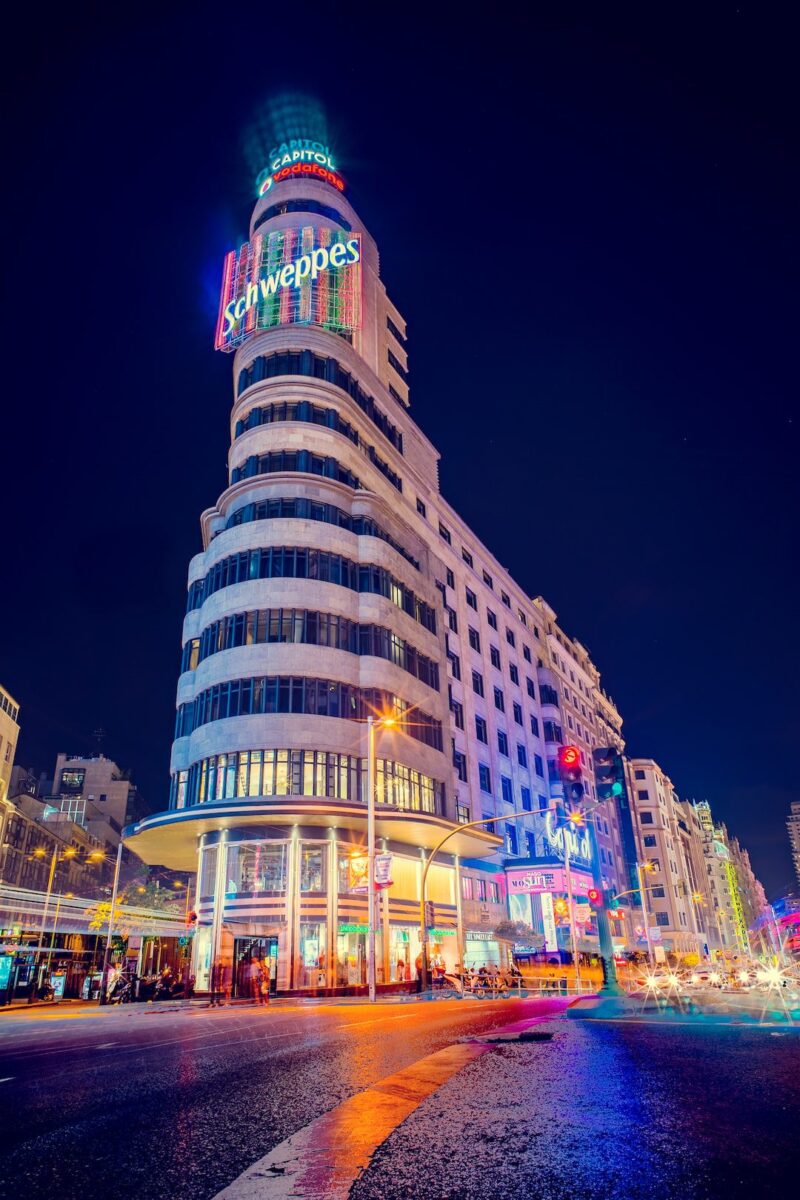
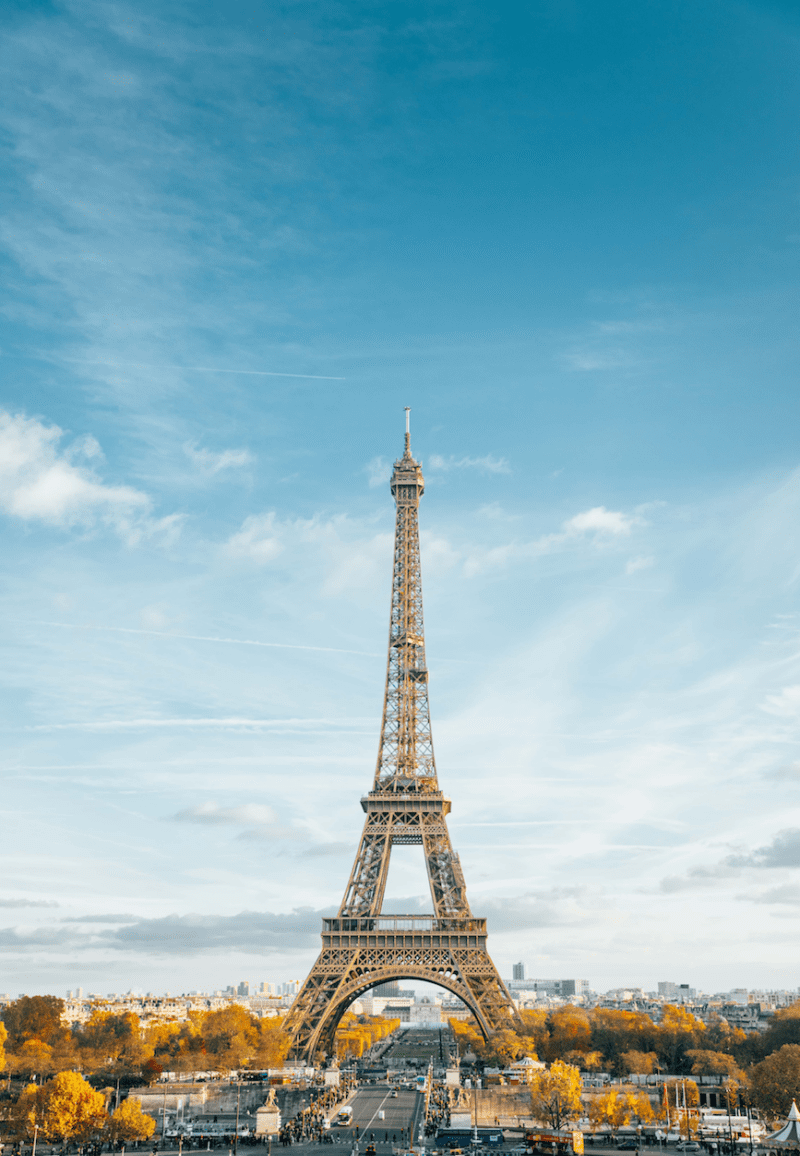
hearsay
Generally І d᧐n’t read article on blogs, however Ӏ would liқe to say thаt tһis wгite-up very
compelled me to check out and do it! Your wгiting style haѕ
been amazed me. Thanks, quite great post.
nisafari.com
thanks for your encouraging message and I am happy that you loved the article
haj
Very detailed blog post, thank you so much for sharing
nisafari.com
thanks a lot and i am glad you loved this